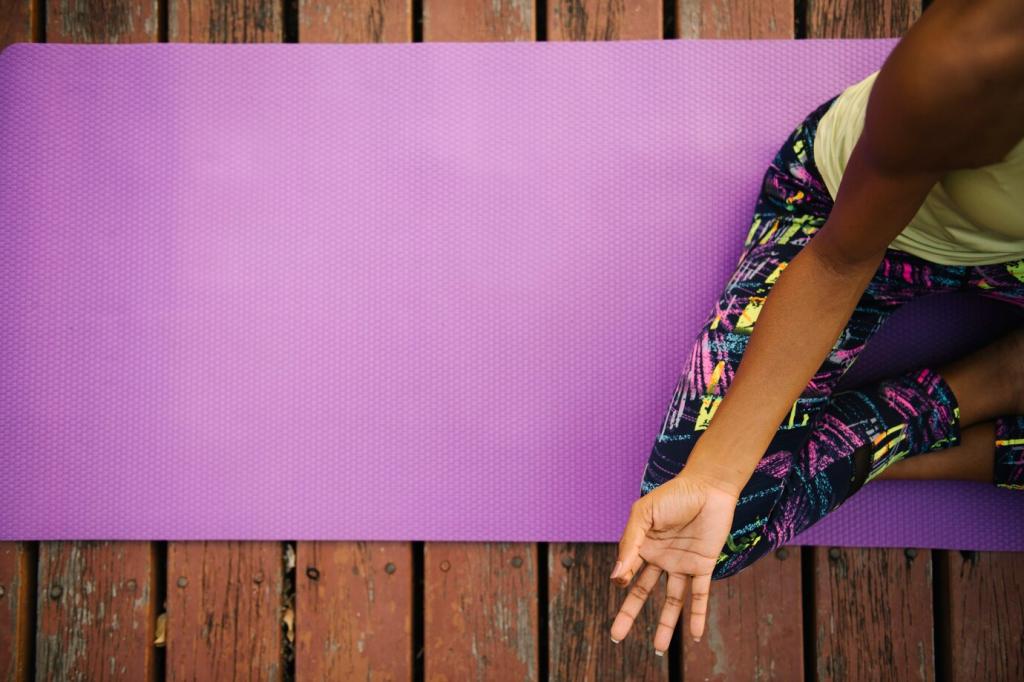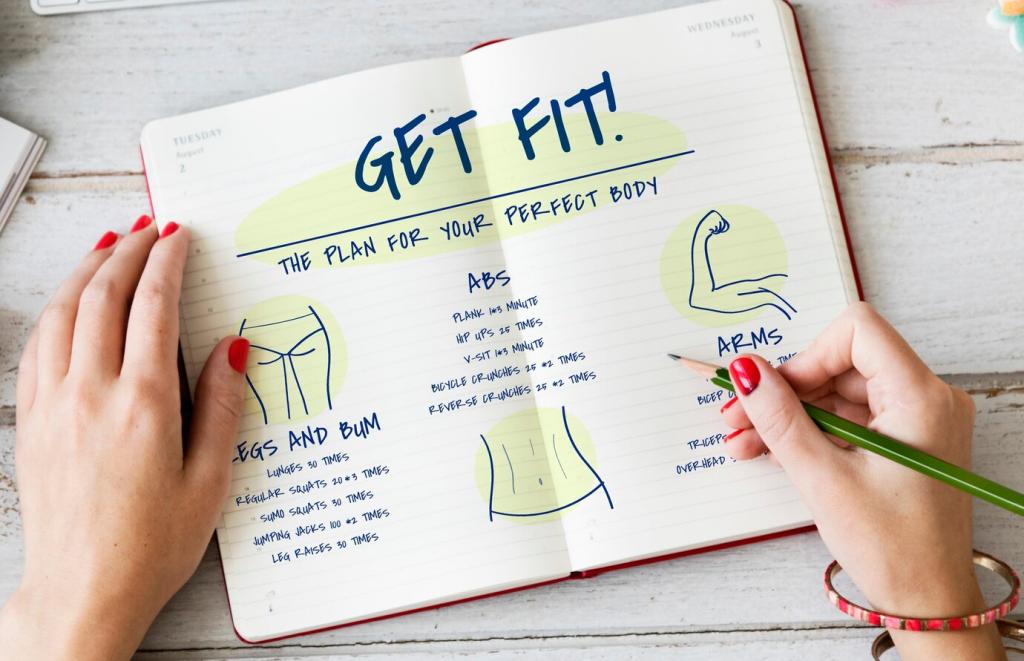Integrating Breath into Daily Training
During moderate repeats, extend your exhale by one count each round while keeping nasal inhales. For example, in for four, out for six, then out for seven, and so on. This subtle load teaches composure under stress. Share your favorite ladder in the comments.
Integrating Breath into Daily Training
Match steps to breath, like four steps inhale, four steps exhale, adjusting to terrain. If you cannot maintain conversation, lengthen the exhale or ease the pace. This simple check keeps you honest and efficient over miles. What ratio works best for you?





